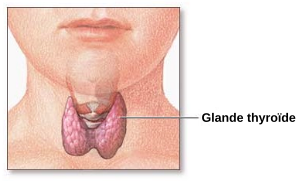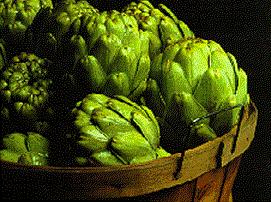 Image via Wikipedia
Image via WikipediaAutism has a strong genetic basis, although the genetics of autism are complex and it is unclear whether ASD is explained more by rare mutations, or by rare combinations of common genetic variants. In rare cases, autism is strongly associated with agents that cause birth defects. Controversies surround other proposed environmental causes, such as heavy metals, pesticides or childhood vaccines; the vaccine hypotheses are biologically implausible and lack convincing scientific evidence. The prevalence of autism is about 1–2 per 1,000 people worldwide; however, the Centers for Disease Control and Prevention (CDC) reports an approximate of 9 per 1,000 children in the United States are diagnosed with ASD. The number of people diagnosed with autism has increased dramatically since the 1980s, partly due to changes in diagnostic practice; the question of whether actual prevalence has increased is unresolved.Parents usually notice signs in the first two years of their child's life. The signs usually develop gradually, but some autistic children first develop more normally and then regress. Although there is no known cure, early behavioral or cognitive intervention can help autistic children gain self-care, social, and communication skills.Not many children with autism live independently after reaching adulthood, though some become successful An autistic culture has developed, with some individuals seeking a cure and others believing autism should be accepted as a difference and not treated as a disorder.
From WikipediaDefinition
By Mayo Clinic staffAutism is one of a group of serious developmental problems called autism spectrum disorders (ASD) that appear in early childhood — usually before age 3. Though symptoms and severity vary, all autism disorders affect a child's ability to communicate and interact with others.The number of children diagnosed with autism appears to be rising. It's not clear whether this is due to better detection and reporting of autism, a real increase in the number of cases, or both.While there is no cure for autism, intensive, early treatment canHere are some common signsSocial skills- Fails to respond to his or her name
- Has poor eye contact
- Appears not to hear you at times
- Resists cuddling and holding
- Appears unaware of others' feelings
- Seems to prefer playing alone — retreats into his or her "own world"
Language- Starts talking later than age 2, and has other developmental delays by 30 months
- Loses previously acquired ability to say words or sentences
- Doesn't make eye contact when making requests
- Speaks with an abnormal tone or rhythm — may use a singsong voice or robot-like speech
- Can't start a conversation or keep one going
- May repeat words or phrases verbatim, but doesn't understand how to use them
Behavior- Performs repetitive movements, such as rocking, spinning or hand-flapping
- Develops specific routines or rituals
- Becomes disturbed at the slightest change in routines or rituals
- Moves constantly
- May be fascinated by parts of an object, such as the spinning wheels of a toy car
- May be unusually sensitive to light, sound and touch and yet oblivious to pain
From Wikipedia
What is Autism? What Causes Autism?

Autism is known as a complex developmental disability. Experts believe that Autism presents itself during the first three years of a person's life. The condition is the result of a neurological disorder that has an effect on normal brain function, affecting development of the person's communication and social interaction skills.
People with autism have issues with non-verbal communication, a wide range of social interactions, and activities that include an element of play and/or banter.
What is ASD?
ASD stands for Autism Spectrum Disorder and can sometimes be referred to as Autistic Spectrum Disorder. In this text Autism and ASD mean the same. ASDs are any developmental disabilities that have been caused by a brain abnormality. A person with an ASD typically has difficulty with social and communication skills.A person with ASD will typically also prefer to stick to a set of behaviors and will resist any major (and many minor) changes to daily activities. Several relatives and friends of people with ASDs have commented that if the person knows a change is coming in advance, and has time to prepare for it; the resistance to the change is either gone completely or is much lower.
Autism is a wide-spectrum disorder
Autism (or ASD) is a wide-spectrum disorder. This means that no two people with autism will have exactly the same symptoms. As well as experiencing varying combinations of symptoms, some people will have mild symptoms while others will have severe ones. Below is a list of the most commonly found characteristics identified among people with an ASD.Autism remains a challenging condition for children and their families, but the outlook today is much better than it was a generation ago. At that time, most people with autism were placed in institutions.
Today, with the right therapy, many of the symptoms of autism can be improved, though most people will have some symptoms throughout their lives. Most people with autism are able to live with their families or in the community.
The outlook depends on the severity of the autism and the level of therapy the person receives.
Information provided by Medical News Today
AUTISM SOCIETY
http://www.autism-society.org/site/PageServer


















